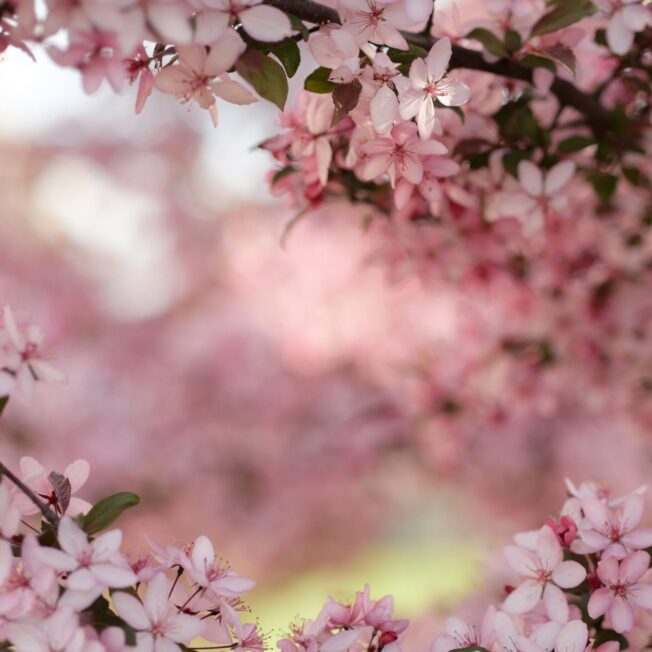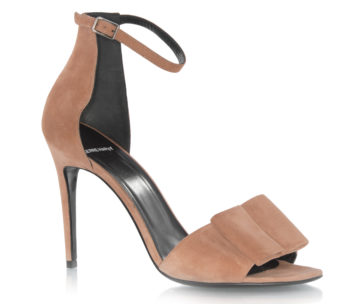Diwali–also known as Deepavali–is a festival of lights celebrated by millions of Hindus, Sikhs, and Jains in India and across the globe, spanning five days in October or November. Diwali will be celebrated this year on Monday, October 24, though celebrations would have started two days prior.
The name is derived from the Sanskrit word “deepavali,” which means “rows of lighted lamps.” While each religion derives its own story behind the holiday, Diwali universally celebrates the triumph of good over evil and light over darkness, making it India’s most important festival each year. It also marks the beginning of a new year and starts just before a new moon.
The history of Diwali
Diwali has ancient origins, dating back well over two thousand years ago. There is no one reason that the holiday is celebrated; however, with it being linked to several historical religious texts. Though each story shares the common thread of good triumphing over evil, various regions and religions have different origin stories for Diwali.
In northern India, it can be linked to the tale of Ram, who returns to Ayodhya after 14-years of exile with his wife, Sita, and brother, Laxman. When they returned home, Ram was guided and welcomed with lights and fireworks, which illuminated the kingdom due to the new moon. In eastern India, the festival is also associated with Goddess Kali, a symbol of the victory of good over evil. In southern India, the holiday can be linked to a story about the god Krishna, an incarnation of Vishnu. In this tale, Krishna frees over ten thousand women from an evil king. In the west, it’s also commonly celebrated as New Year and associated with the Goddess Lakshmi.
What are the five days of Diwali?
Diwali celebrations are spread across five days, with each day assigned its own meaning and significance as well as activities to complete.
- Day One, Dhanteras: This day, also called Dhanvantari Trayodashi, marks the day Lord Dhanvantari emerged from the ocean with Ayurvedic for mankind and signifies the beginning of Diwali celebrations. At sunset, Hindus are to bathe as well as offer sweets during a time of worship to Yama Raj, the Lord of Death, to pray for protection from an untimely death. Others clean their homes on this day in addition to shopping for gold or kitchen utensils, both to bring good fortune.
- Day Two, Choti Diwali: This day, also called Narak Chaturdasi, marked the day that Lord Krishna destroyed a demon named Narakasur, ridding the world of fear. On this day, it’s recommended to massage your body with oil to relieve fatigue, bathe, and rest to continue celebrating Diwali. Others decorate their homes with clay lamps and create design patterns on the floor with colored powders or sand.
- Day Three, Lakshmi Puja: This day marks the day that people worship Lakshmi, cleansing themselves and coming together with their families and priest (Pandit) to worship the goddess in order to receive blessings of health, prosperity, and the victory of light over darkness (good over evil). Considered the main day of the festival, this is also when families follow worship with feasts as well as fireworks.
- Day Four, Govardhan Puja, or Gudi Padwa: This day, also known as Annakut, marks the day when Govardhan Hill is worshiped, and vegetarian food is offered to Krishna as a means of gratitude. It marks the first day of the new year, often coupled with visits from friends and family who come bearing gifts and best wishes for the year ahead.
- Day Five, Bhai Dooj: This day, also called Bhai tika, is dedicated to sisters. It marks a moment from the Vedic Age (c. 1500 – c. 500 BCE) when Yama Raj visited his sister Yamuna, giving her a blessing that whoever visited her on that day would be free from sin. Signifying the end of Diwali celebrations, brothers continue the tradition of visiting their sisters, who provide them with a delectable meal.
What are Diwali traditions?
When it comes to the traditional food served during Diwali, the options are seemingly endless. Feasts include a host of foods, including chivda (snack mix with spicy dried ingredients), lapsi halwa (sweet dish made with roasted broken wheat), vegetable samosas, aloo tikki (crispy potato patties), pakora, paneer Makhani, and so much more. Mithai, South Asian sweets made from flour, milk, sugar, and nuts, are popular during the holiday, too. Sweets like balushahi, laddoos, jalebi, gulab jamun, rasmalai, and mohanthal become part of the menu during the five-day festival.
Though certain festivities are generally associated with each day, overarching Diwali celebrations center on lights, including lights and oil lamps being lit in houses, along the streets, and fireworks. Family is also essential, with many visiting their relatives and enjoying many feasts during the five-day period. And to honor the new year, Lakshmi, the Hindu goddess of wealth, is worshiped to carry on blessings into the new year.




















